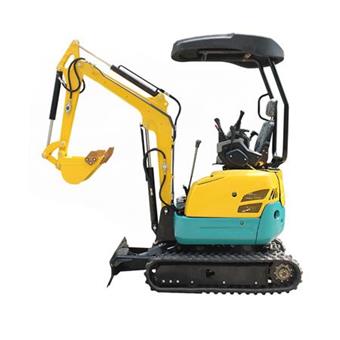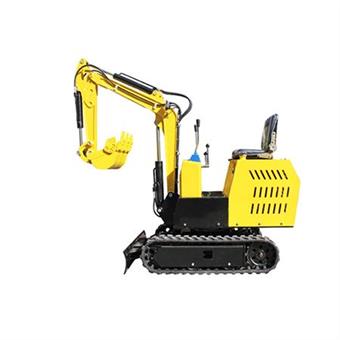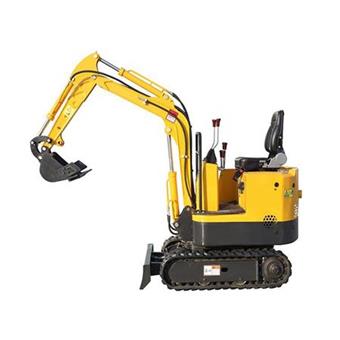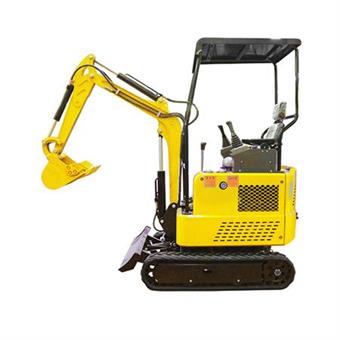
Noticias
Cuando se trata de maquinaria pesada, manipuladores telescópicos y cargadores de ruedas son dos máquinas versátiles utilizadas a menudo en la construcción, la agricultura y las aplicaciones industriales. Aunque comparten algunas similitudes, sus diseños, capacidades y aplicaciones difieren significativamente. Comprender estas diferencias puede ayudarle a elegir el equipo adecuado para sus necesidades específicas.
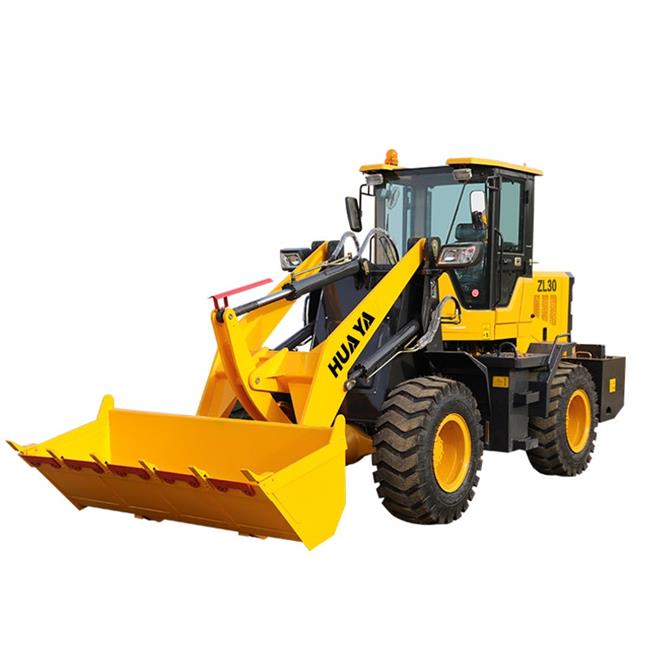
Manipulador telescópico: Una manipuladora telescópica está equipada con un brazo que se extiende hacia fuera y hacia arriba, parecido a una combinación de carretilla elevadora y grúa. Suele tener accesorios como horquillas, cucharas o elevadores, que lo hacen ideal para manipular materiales a distintas alturas y ángulos.
Cargadora de ruedas: Una cargadora sobre ruedas dispone de una cuchara montada en la parte delantera unida a brazos articulados. Está diseñada principalmente para recoger, levantar y transportar materiales sueltos como arena, grava o escombros.
Manipulador telescópico: Conocido por su flexibilidad, un manipulador telescópico destaca en la manipulación de materiales, especialmente en alturas elevadas. Suele utilizarse para apilar materiales, descargar camiones o acceder a zonas difíciles.
Cargadora de ruedas: La cargadora sobre ruedas es ideal para tareas de movimiento de tierras y transporte de cargas pesadas en distancias cortas. Su cuchara puede manipular materiales a granel con eficacia, lo que la convierte en un caballo de batalla en las obras de construcción.
Manipulador telescópico: Gracias a su brazo extensible, un manipulador telescópico puede alcanzar mayores alturas y distancias. Esto la hace adecuada para tareas como la colocación de materiales en andamios o el acceso a lugares de difícil acceso.
Cargadora de ruedas: El alcance de una cargadora sobre ruedas está limitado a la altura de su brazo de cuchara. Es más adecuada para tareas a nivel del suelo o ligeramente elevadas.
Manipulador telescópico: Las manipuladoras telescópicas son muy adaptables y disponen de una amplia gama de accesorios, como horquillas portapalets, cabrestantes y plataformas de trabajo, que les permiten realizar diversas tareas.
Cargadora de ruedas: Aunque menos versátiles que las manipuladoras telescópicas, las cargadoras sobre ruedas también pueden utilizar implementos como cucharones, cuchillas y garras, pero siguen centrándose en el movimiento de materiales pesados.
Manipulador telescópico: Con sus opciones de tracción y dirección a las cuatro ruedas, una cargadora telescópica ofrece una excelente maniobrabilidad, lo que la hace adecuada para terrenos irregulares.
Cargadora de ruedas: Las cargadoras sobre ruedas también están diseñadas para condiciones difíciles y proporcionan estabilidad en diversos terrenos, pero su mayor tamaño puede limitar la movilidad en espacios reducidos.
Manipulador telescópico: Se utilizan habitualmente en la agricultura para apilar balas, en la construcción para colocar materiales y en entornos industriales para alcanzar estanterías altas.
Cargadora de ruedas: Preferido en la construcción para mover materiales a granel, en la minería para cargar camiones y en la gestión de residuos para retirar escombros.
La elección entre una cargadora telescópica y una cargadora sobre ruedas depende de sus necesidades específicas. Si necesita versatilidad de altura y alcance, una cargadora telescópica es su mejor opción. Sin embargo, para trabajos pesados de movimiento de tierras y transporte de materiales, la mejor opción es una cargadora sobre ruedas. Si conoce sus capacidades únicas, podrá maximizar la eficacia y la productividad en la obra de su proyecto.
